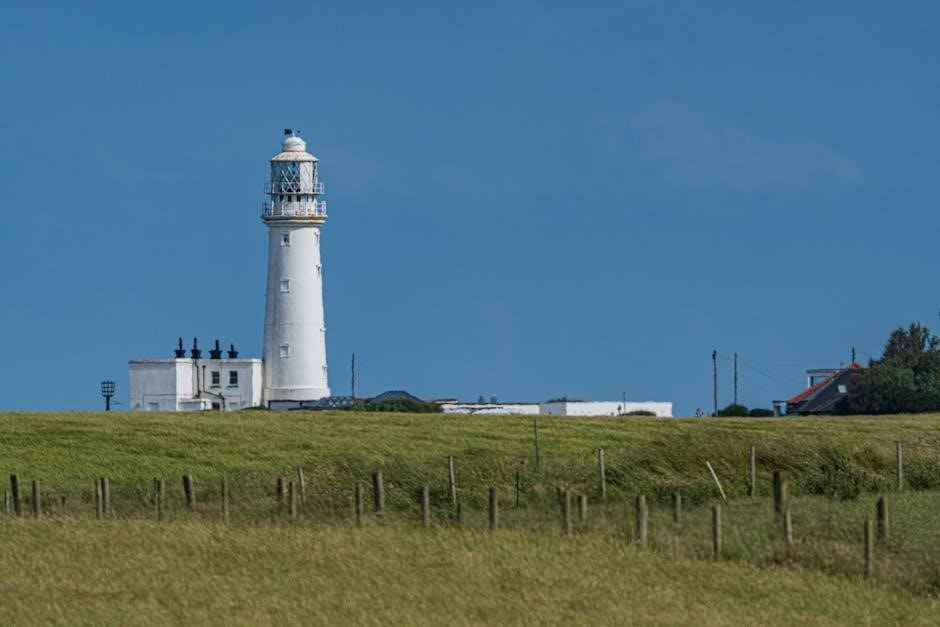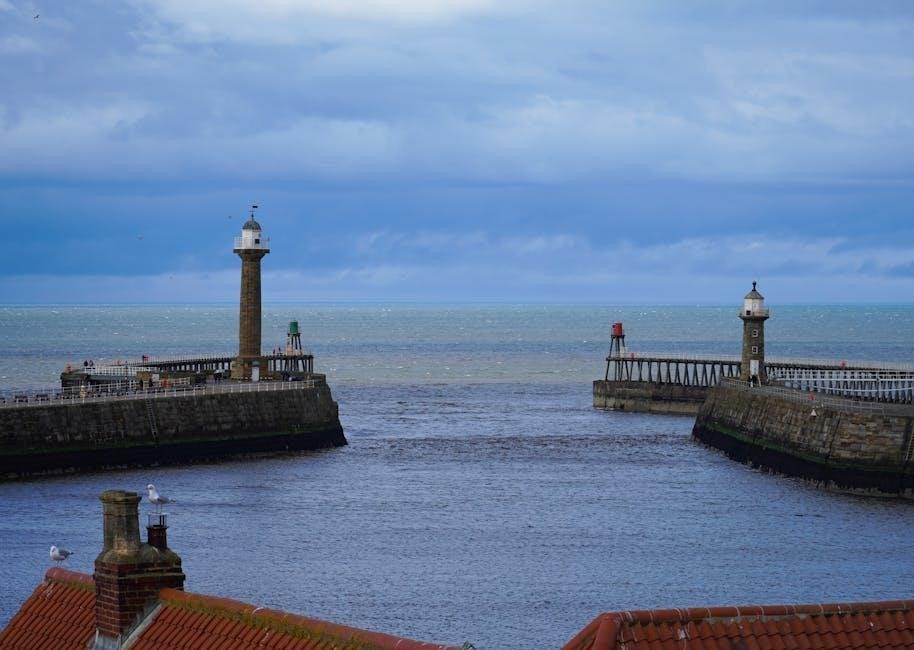Down East refers to a charming region known for its rich history, stunning natural beauty, and vibrant culture. Located in the eastern part of a state or country, this area is often characterized by its picturesque landscapes, including rolling hills, vast coastlines, and dense forests. The term “Down East” is often associated with a sense of nostalgia and simplicity, reflecting the region’s close connection to its heritage and the environment.
1.1 Geography and Climate
Geographically, Down East is marked by its diverse terrain, which includes rugged coastlines, fertile valleys, and vast woodlands. The climate is typically moderate, with warm summers and cold, snowy winters. This seasonal variation makes the region ideal for outdoor activities such as hiking, fishing, and skiing, attracting visitors year-round.

1.2 Brief History
Historically, Down East has been a hub of maritime activities, with its strategic coastal location making it a center for trade and fishing. The region’s rich history is evident in its preserved lighthouses, historic ports, and quaint fishing villages. Over time, Down East has evolved into a popular destination for those seeking a peaceful retreat from urban life while still offering a glimpse into its storied past.
Down East is a region characterized by its unique geography and climate, which have played a significant role in shaping its identity and way of life. The area is known for its stunning natural landscapes, which offer a blend of rugged coastlines, rolling hills, and dense forests. The geography of Down East is not only visually striking but also diverse, providing a variety of ecosystems that support a wide range of flora and fauna.

One of the most notable geographical features of Down East is its extensive coastline. The region is bordered by the ocean to the east, creating a dramatic shoreline that is dotted with rocky cliffs, sandy beaches, and hidden coves. The coastline is not only a source of natural beauty but also a vital part of the local economy, supporting fishing, tourism, and other maritime activities. The proximity to the ocean also has a profound impact on the climate, moderating temperatures and creating a unique microclimate that is distinct from inland areas.
Inland, the geography of Down East transitions to rolling hills and fertile valleys, which are ideal for agriculture. The region is home to numerous farms, producing a variety of crops, including potatoes, blueberries, and hay. The fertile soil and mild climate make it an important agricultural hub, contributing to the local economy and providing fresh produce to both residents and visitors. The hills and valleys are also crisscrossed by rivers and streams, which not only add to the region’s natural beauty but also provide opportunities for fishing, kayaking, and other water-based activities.
The climate of Down East is another defining feature of the region. The area experiences a temperate climate, with warm summers and cold, snowy winters. The oceanic influence helps to moderate extreme temperature fluctuations, ensuring that the region does not experience the same level of temperature variability as areas farther inland. This moderate climate makes Down East an attractive destination for tourists, who can enjoy a wide range of outdoor activities throughout the year.
Summer in Down East is characterized by warm, sunny days, with average temperatures ranging from the mid-60s to the mid-70s Fahrenheit (18-24°C). The warm weather makes it an ideal time to enjoy the region’s beaches, go hiking, or explore the local wildlife. The long days of summer also provide ample opportunity to experience the region’s vibrant culture, with numerous festivals, fairs, and outdoor events taking place during this time.
Winters in Down East are cold and snowy, with average temperatures ranging from the low 20s to the mid-30s Fahrenheit (-6 to 2°C). The region typically receives significant snowfall, transforming the landscape into a winter wonderland. The snowy conditions make it a popular destination for winter sports enthusiasts, with activities such as skiing, snowmobiling, and ice fishing being particularly popular. The festive atmosphere during the holiday season also adds to the region’s charm, with many towns and villages hosting special events and celebrations.
Spring and autumn are equally impressive in Down East, with the region experiencing a vibrant display of colors during these seasons. Spring brings the blooming of flowers and the return of wildlife, creating a sense of renewal and vitality. Autumn, on the other hand, is marked by the changing colors of the leaves, with the region’s forests turning brilliant shades of orange, red, and yellow. The mild temperatures during these seasons make them ideal for outdoor activities such as hiking, biking, and birdwatching.
The geography and climate of Down East have also played a significant role in shaping the region’s economy and culture. The abundance of natural resources, including fish, timber, and fertile soil, has made the region a hub for various industries. The maritime heritage of the area is reflected in its fishing villages, lighthouses, and historic ports, which attract tourists and serve as a reminder of the region’s rich history. The moderate climate has also made it an attractive location for settlers and visitors alike, contributing to the region’s growth and development over the years.
Down East, a region steeped in history and culture, offers a fascinating glimpse into the past. Its strategic coastal location has made it a hub for maritime activities, trade, and settlement, shaping the area into what it is today. The history of Down East is a rich tapestry of indigenous cultures, European exploration, colonial development, and modern transformation. Understanding this history provides valuable insights into the region’s identity and its people.
The earliest inhabitants of Down East were Native American tribes, who thrived in the region for thousands of years before European colonization. These indigenous peoples lived in harmony with the land, relying on the abundant natural resources for sustenance. They were skilled hunters, gatherers, and fishermen, and their knowledge of the area’s geography and climate allowed them to prosper. The Native Americans also had a deep spiritual connection to the land, which is reflected in their stories, traditions, and artifacts that remain to this day.
The arrival of European explorers in the 16th and 17th centuries marked the beginning of significant changes for Down East. The region’s strategic coastal location made it an attractive spot for trade and settlement. European settlers, primarily from England, established fishing villages and trading posts, laying the foundation for the region’s maritime economy. The settlers brought with them new technologies, customs, and languages, which gradually blended with the existing Native American culture to create a unique identity for the area.
During the colonial period, Down East played a crucial role in the development of the region’s economy. The area’s proximity to the ocean made it an ideal location for shipbuilding and fishing industries. The region’s forests provided ample timber for constructing ships, while the fertile soil supported agriculture, which became a vital part of the local economy. The combination of maritime and agricultural activities helped establish Down East as a thriving hub of commerce and industry.
The American Revolution had a profound impact on Down East, as it did on many other regions. The area’s strategic location made it a key player in the war effort, with many of its ships and sailors contributing to the cause. The region’s ports were also important for trade and communication, helping to sustain the colonies during the war. After the Revolution, Down East continued to grow and develop, with its economy diversifying to include new industries and trade routes.

The 19th century saw significant changes in Down East, as the region adapted to the challenges and opportunities of the Industrial Revolution. New technologies and transportation networks transformed the area’s economy, with the expansion of railroads and the introduction of steam-powered ships. These advancements allowed for faster and more efficient trade, further solidifying Down East’s position as a key player in the regional economy. The growing popularity of tourism during this period also brought new opportunities, as visitors were drawn to the area’s natural beauty and rich history.
The 20th century brought both challenges and opportunities for Down East. The region played an important role in both World Wars, with its ports and shipyards contributing to the war effort. The post-war period saw a decline in some of the region’s traditional industries, as globalization and technological advancements led to changes in the economy. However, the area also experienced growth in new sectors, such as tourism and service industries, which helped to diversify the economy and ensure the region’s continued prosperity.
Today, Down East is a vibrant and dynamic region that proudly celebrates its rich history and cultural heritage. The area’s historic sites, museums, and cultural events offer visitors a glimpse into its storied past, while its modern amenities and attractions ensure that it remains a popular destination for travelers. The region’s commitment to preserving its history while embracing change has allowed it to thrive in the modern era, making it a unique and fascinating place to explore.

Travel and Tourism Guide
Down East is a treasure trove of natural beauty, rich history, and vibrant culture, making it an ideal destination for travelers seeking a unique and memorable experience. Whether you’re a history buff, an outdoor enthusiast, or a food lover, this region has something to offer everyone. This travel and tourism guide will help you explore the best places to visit, things to do, and experiences to enjoy in Down East.
Best Places to Visit
Down East is home to a variety of attractions that cater to different interests. One of the most popular destinations is the stunning coastline, where you can enjoy breathtaking views of the ocean, sandy beaches, and picturesque lighthouses. The region’s iconic lighthouses, such as the West Quoddy Head Light, are not only historic landmarks but also offer panoramic views of the surrounding landscape.
For nature lovers, Down East boasts an array of parks and wildlife refuges. Acadia National Park, located on Mount Desert Island, is a must-visit for its rugged mountains, lush forests, and sparkling lakes. The park offers numerous hiking trails, including the famous Cadillac Mountain trail, which provides spectacular views of the sunrise. Visitors can also explore the park’s rugged coastline by car or bike on the Park Loop Road.
In addition to its natural beauty, Down East is also known for its charming small towns and villages. Places like Bar Harbor and Camden offer a mix of quaint shops, art galleries, and cozy restaurants. These towns are perfect for a relaxing day of shopping, dining, and soaking in the local culture.

Things to Do

Down East offers a wide range of activities for all types of travelers. Outdoor enthusiasts will love the region’s diverse landscape, which provides opportunities for hiking, biking, kayaking, and even skiing in the winter. The Allagash Wilderness Waterway is a popular destination for canoeing and fishing, offering a serene and untouched natural environment.
For those interested in history and culture, Down East is home to numerous museums and historical sites; The Abbe Museum in Bar Harbor is a great place to learn about the region’s Native American heritage, with exhibits showcasing artifacts, tools, and artwork. The Farnsworth Art Museum in Rockland features an extensive collection of American art, including works by famous artists like the Wyeth family.
Foodies will also find plenty to enjoy in Down East. The region is renowned for its fresh seafood, particularly lobster, mussels, and clams. Visitors can sample local delicacies at one of the many seafood restaurants or try their hand at cooking a traditional Down East meal at a local cooking class. Don’t forget to explore the region’s farmers’ markets, where you can find fresh produce, handmade crafts, and local specialties.
Dining Experiences

Dining in Down East is a culinary adventure that reflects the region’s rich maritime heritage and commitment to fresh, locally sourced ingredients. From casual seafood shacks to upscale restaurants, there’s no shortage of great places to eat.
One of the most iconic dining experiences in Down East is the traditional lobster boil. This beloved regional tradition typically includes a hearty meal of steamed lobster, clams, mussels, and corn on the cob, often served with melted butter and lemon. Many local restaurants offer lobster boils, and some even provide a scenic waterfront setting where you can enjoy your meal while watching the sunset over the ocean.
In addition to seafood, Down East is also known for its farm-to-table cuisine. The region’s fertile soil and cool climate make it an ideal place for growing a variety of fruits and vegetables, which are often featured in local dishes. Be sure to try some of the region’s famous blueberries, which are celebrated in pies, jams, and even blueberry soda.

Practical Tips for Travelers
Planning a trip to Down East can be a breeze with a few practical tips. First, it’s important to consider the time of year you plan to visit. The summer months are the peak tourist season, offering warm weather and a wide range of activities, but they can also be quite crowded. For a more relaxed experience, consider visiting in the spring or fall, when the weather is still pleasant and the crowds are smaller.
When packing for your trip, be sure to bring layers, as the weather in Down East can be unpredictable. Even in the summer, the evenings can be cool, especially near the coast. Comfortable shoes are also a must, as you’ll likely be doing a lot of walking and exploring during your stay.
Getting around Down East is relatively easy, with a variety of transportation options available. Renting a car is a great way to explore the region at your own pace, but there are also public transportation options and guided tours for those who prefer not to drive. Biking is another popular way to get around, especially in areas like Acadia National Park, where there are dedicated bike paths and trails.

Finally, be sure to respect the local environment and communities during your visit. Down East is known for its natural beauty and friendly residents, and by being mindful of your impact, you can help preserve the region for future visitors. This includes disposing of trash properly, staying on designated trails, and supporting local businesses whenever possible.